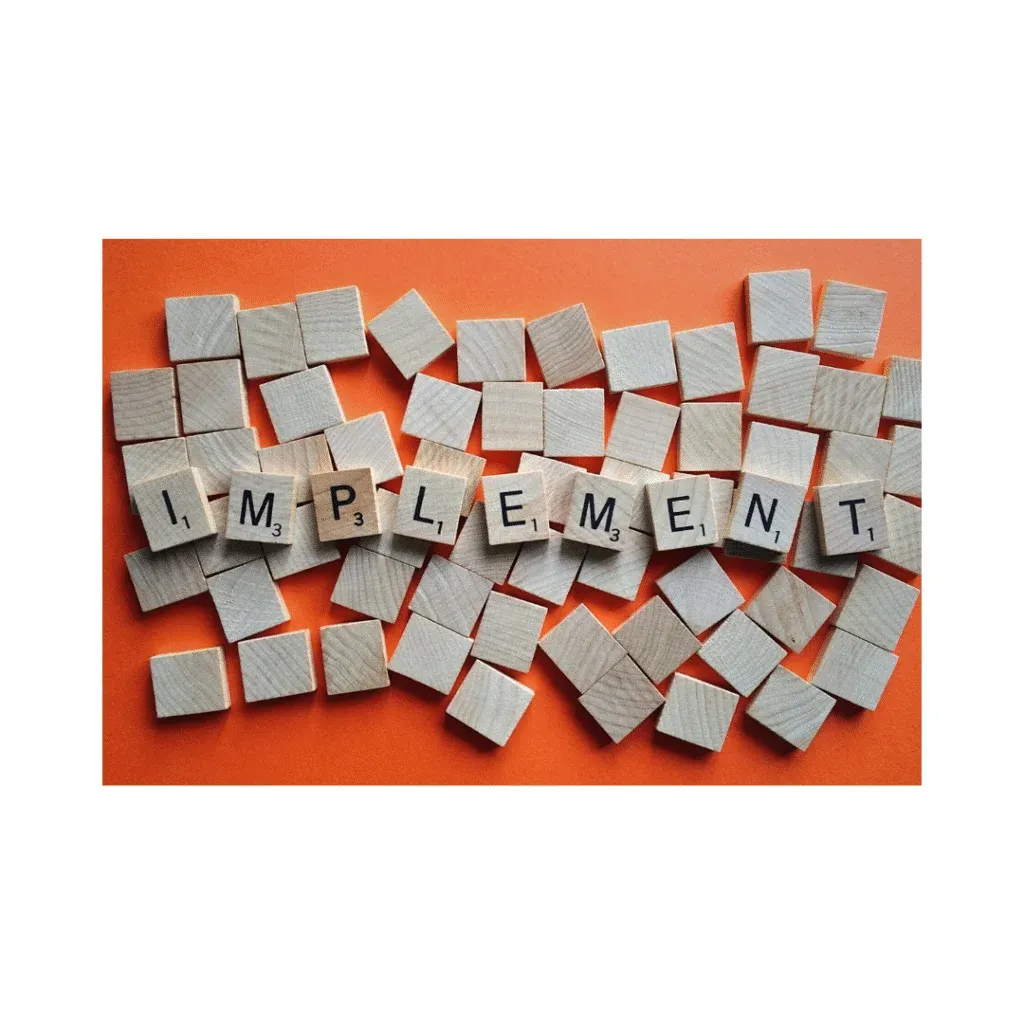“Ensuring Uninterrupted Operations: Unraveling the Synergy of Disaster Recovery and Business Continuity Planning”
In today’s cutthroat competition, a small amount of downtime will prove to be a nightmare for business entities, whether it is caused by natural calamities, human error, or a cyberattack. Backup plans and the recovery of lost data are said to be the backbone of any successful business; the implementation of disaster recovery and business continuity planning is the lifeline of your business. Let’s see in detail how disaster recovery and your business plan work for you.
What is a business continuity and disaster recovery plan (BCDR)?
Business continuity and disaster recovery is a backup plan consisting of strategies and procedures to come up with solutions to tackle the disruptive event or potential threat while minimizing the damage and impact on the business. The primary task of BCDR is to ensure smooth and continuous operations of the organization. There are two important factors to consider in the aftermath of an adverse event: how to avoid downtime and loss of data due to adverse events.
The complete BCDR plan contains the exact roadmap of actions to take to guarantee safeguarding crucial data and the recovery of IT systems and data to initiate the recovery and normalize operations.
Business continuity versus disaster recovery: what’s the difference?
Business continuity and disaster recovery look like a correlated or blended set of two components, but business continuity (BC) and disaster recovery (DR) are two different plans that work differently. Both plans purpose of implementation is to bring things back to normal after catastrophic events.
Business continuity:
The major focus of a business continuity plan is strategic planning to restart the IT system. Business continuity is all about organizations putting forward strategic and tactical capabilities to ensure normalization of business operations at a predefined level.
A business continuity plan is concerned with how a company will continue to run its vital operations both during and after a crisis. It overlooks important communication channels, its employees, IT infrastructure, workplace conditions, and various clients associated with the company. The plan revokes the emergency procedure as soon as the catastrophic event takes place.
Disaster Recovery:
Disaster recovery is a continuation of the business continuity plan. The disaster recovery procedure is to prepare for the recovery of the lost data and restore the optimal function of the company, which includes the continuation of technology infrastructure, systems, and applications. A disaster recovery plan focuses on two things: restoration of the IT application and minimizing the downtime after a disastrous event or possible cyberattack. In order to make up for lost time, DR ensures that the system begins operating at full capacity as soon as feasible.
What is the connection between business continuity and disaster recovery?
The fusion of business continuity and disaster recovery is the lifeline of any organization and plays a big role in risk management strategy. The amalgamation of both plans is necessary; otherwise, implementation of one plant without another is futile and does not guarantee the continuation of business operations. Both operate together to lessen the damage or minimize the potential impact of a disaster on business.
Both plans work hand in hand; a robust business continuity plan makes sure that organization functions are running smoothly, and disaster recovery ensures the IT systems and software applications are recoverable and accessible. BC and DR plans provide a strategy and detailed insight into how your business will recover after a crisis.
What is the importance of business continuity and disaster recovery beyond recovery and continual operations?
The BCDR plan has a larger prospect than considering them only as a vital component in risk management. Let’s see more benefits of the BCDR plan that will be crucial for businesses.
Assessment:
BCDR plans assess the current situation and various aspects of the organization, help them identify the possible loopholes and threats that are looming ahead, and set some priorities. Routine upgradation of plans is vital to preventing the occurrence of any crisis.
Review and test plan:
Reviewing plans once a year is necessary to cover every aspect of the business and fast-track recovery. There are many ways to test your idea, ranging from full cut-overs to tabletop simulations. You might employ one or many testing methodologies over the course of your review, depending on your environment and the resources at your disposal.
Identify the location of data storage:
One of the key goals of BCDR planning is to locate the locations of vital business assets and data. This will enable emergency response staff to begin the recovery procedure even if the designated IT specialists are not accessible.
Know the disaster recovery teams:
Knowing recovery personnel, their roles, and how they can be reached during an emergency is another important goal of a BCDR plan. Communicate roles and responsibilities to all key stakeholders, and keep this documentation accessible to employees and updated regularly.

Final Verdict: Improve your business. Disaster management is very important to mitigate and avert the crisis, and two plans a Business Continuity plan and Disaster recovery come on top. Those plans are crucial for the safety of your system and recovery after a catastrophic situation.







